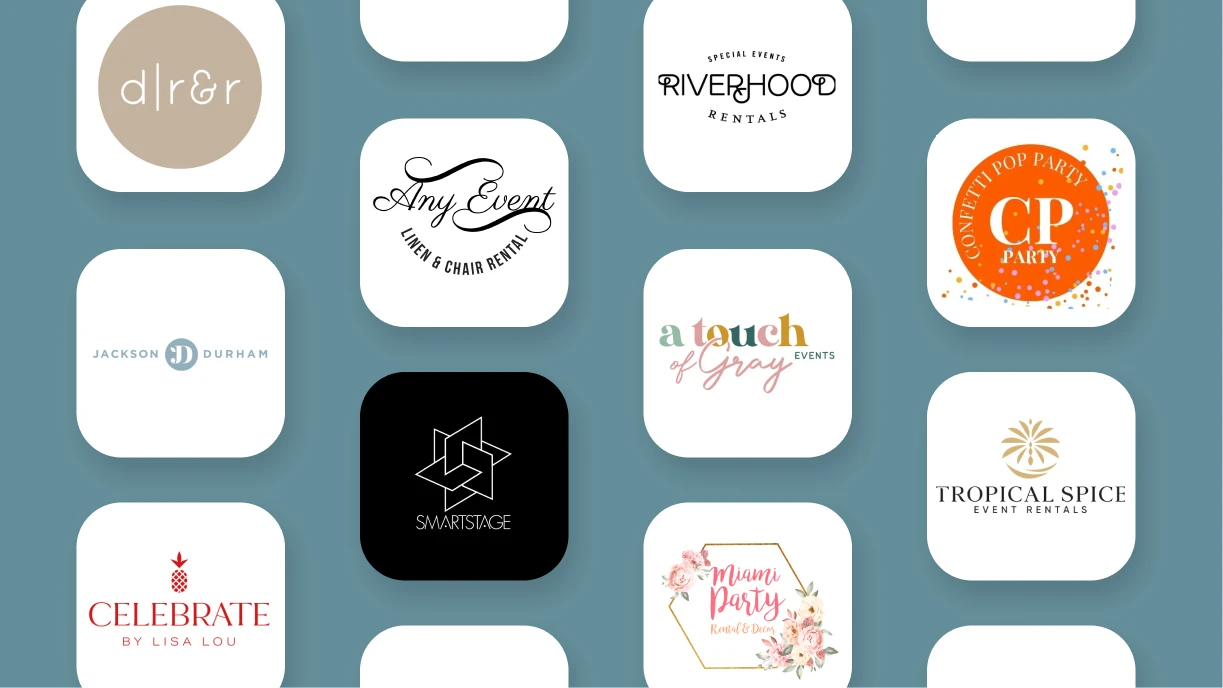Many event industry companies— especially new ones— think that they can “get by” without a damage waiver for their items, or with just a generic one they found online. If you fall into either of these groups, do your company a favor and stop! Like all of your contracts, damage waivers can be legally binding, and having a poorly written contract has the potential to land you in court and up to your eyeballs in legal fees.
While you may think that investing in an attorney’s help for your contracts is an unnecessary expenditure, you couldn’t be more wrong. It is an investment in your company’s future. If you have a bad client who causes thousands of dollars worth of damage to your rental items and you don’t have an iron-clad contract, you could be the one financially responsible, not them. If you haven’t already, please take your company’s contracts seriously and find a good attorney to write them.
While your attorney will have a good idea of what they need to include, you’ll still need to outline your policies for them, and review your contracts with both your employees and clients, so everyone understands what is being signed.
It’s best practice to ensure that these Waivers are non-refundable. Otherwise, you’ll find yourself adding an extra step to capture a damage deposit, then needing to refund each and every project. Not only is this time-consuming, but it also affects your reporting capabilities. Simplify your profess with non-refundable damage waivers. It’s best to speak to your attorney to review what is allowed by your local laws to ensure you’re in compliance though.
Damage waivers outline what damages your clients are and are not responsible for. Frequently, wear and tear from normal use will not be the client’s responsibility, but theft, negligence, and vandalism are considered the client’s responsibility. Damage waivers are not the same as insurance, and clients may wish to purchase insurance to cover their event, especially if they are renting high-ticket items.
So, what do you need out of your damage waiver?
Be clear
Your damage waiver needs to be clear and understandable for your clients and your team. Don’t worry about sounding harsh and don’t tip-toe around your client’s responsibilities. There shouldn’t be any room for debate or questions within your contracts.
Be specific
Make sure it’s clear what damage the client is responsible for, and when the client is and isn’t responsible for damage. For instance are they responsible as soon as items leave your warehouse, or after your team drops items off? Are they responsible for dents and scratches? At what point does a “ding” qualify as damage?
Over-communicate
This may seem like overkill, but review the contract verbally with your client — people often don’t read contracts. When was the last time you read the terms and conditions for an update on your phone? That’s what I thought! Never assume that just because you sent clients documents and they signed something saying that they read them, that they actually read them.
While it’s a good sign if your client has questions regarding your contracts, if your client gets combative or oddly defensive while reviewing any of your contracts, it’s a huge red flag and you should reconsider taking on that client.
Also make sure they understand that their credit card on file may be charged in the event of item damage. Goodshuffle Pro has partnered with Stripe for payment processing, and Stripe has an ultra-secure vault for storing credit card information. Not only will this keep their data safe, but it will also ensure that you get paid if a client trashes your inventory.
Next steps: take photos
To further protect yourself and your client, take photos of your inventory when it becomes your client’s responsibility. If your policy states that they are responsible for it when it leaves your property, take photos right before it leaves. If your client is responsible at drop-off, have your team take photos as it’s being unloaded. This will ensure that you know who is responsible for what damages. Your team members can then upload the photos they take directly to the event’s Project area within Goodshuffle Pro. That way any damages are documented and assigned to the correct event right away.
Next steps: notify the client
If any post-event damages are discovered, it’s important that you notify the client and inform them that their card will be billed for the damages. Communicate any damage-related conversations with your client in writing, so that if any issues arise and your client files a credit card dispute or you end up in small claims court, you’ll have all of your evidence ready. Goodshuffle Pro makes it easy to keep track of all of your emails, messages, and signed contracts right within the software, so it’s there all there if you need it, along with any signed contracts and before-and-after photos of your items.
All of these steps are designed to prepare your company for the worst— although we hope the worst never happens. Create a clear SOP (standard operating procedure) for your team on how to handle item damages, so they know exactly what to do. SOPs are there to help guide your team through issues and challenges, while still keeping your brand, policies, and procedures in mind. This will go a long way towards protecting your company and ensuring your clients continue to get top-notch service.






